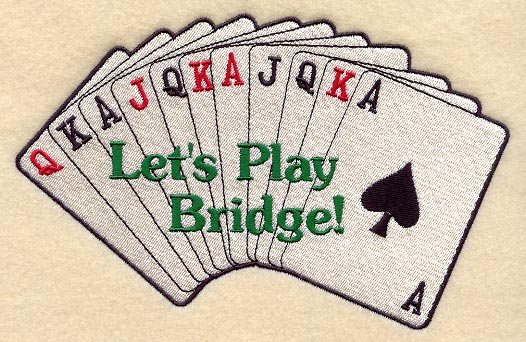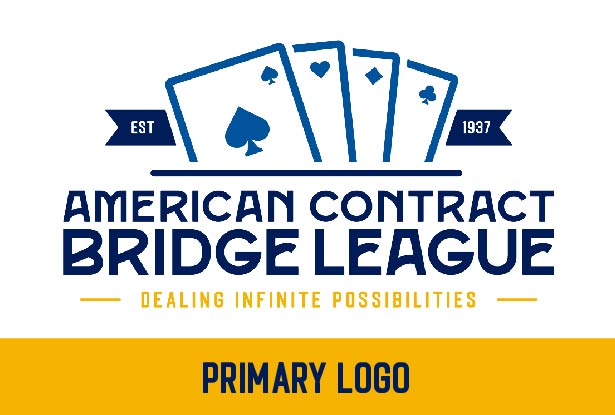Archive of Hand Evaluation Lessons 1-5
Lesson one:
At a recent tournament, this hand came up. I am sharing it because my partner and I missed the best contract. This is a wonderful example of hand evaluation and re-evaluation.
|
DLR: S Vul: no one |
North ♥ Q 6 3 ♦ A 10 7 6 ♣ J 7 5 4 |
|
|
West ♥ A K 8 7 5 ♦ K 9 8 ♣ A Q 8 |
East ♥ J 10 4 2 ♦ — ♣ 9 3 2 |
|
|
South ♥ 9 ♦ Q J 5 4 3 2 ♣ K 10 6 |
Bidding: Pass, 1H, pass, 1S, pass, 2NT, pass, 4H.
Why was this wrong? What should East have done? Let’s explore options.What did West's second bid of 2NT show? Five hearts and 18-19 points.
Now look at East's hand again: Only 9 high card points, but…… Let’s re-evaluate what we know. How many hearts does the pair have between them? 9 How valuable is the spade suit in East's hand? How valuable is the void? I would argue that in this scenario East just has to go for it and bid 6H. Why? Nine card fit: plus one point. Void in diamonds: plus three points. Six card spade suit: plus two points. Now East has the equivalent of a 15 point hand combined with 18-19 from West!
How else could the bidding have gone? Have you heard of splinters? Even with nine HCP, this hand is very valuable. A splinter bid says to partner, "I have an opening hand and four card trump support, with a singleton or void in the splintered suit."
Bidding auction then goes: pass, 1H, pass, 4D, pass, 4NT: Answer of one key card and an easy 6H bid by West.. But even in the above actual auction, it is important to remember to re-evaluate your hand after your partner shows such a strong hand.
Another scenario if you do not play splinters could be: pass, 1H, pass, 3H, East could choose to use the limit raise immediately. 9-11 HCP and four card trump support. Now it is West's turn to get excited. Bid 4NT and asks for key cards, or cue bid aces. This actually works really well.Here, it goes: pass, 1H, pass, 3H, pass, 4C by West (showing ace of clubs), pass, 4D by East (first round control diamonds), pass, Possibly missing one ace, West can just bid 6H. He has second round control of diamonds and a nine card trump suit. And what a pleasant surprise the spade suit will be in East's hand.
If using the traditional key card asks, still possible.
It's not the handling of difficult hands that makes the winning player. There aren't enough of them. It's the ability to avoid messing up the easy ones.
-S. J. Simon


